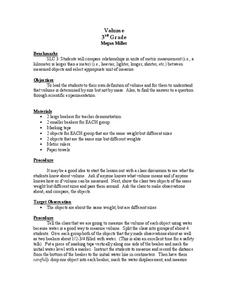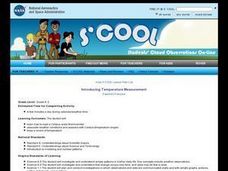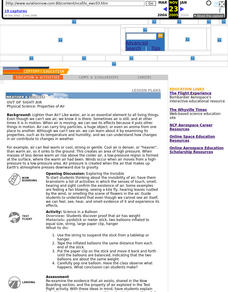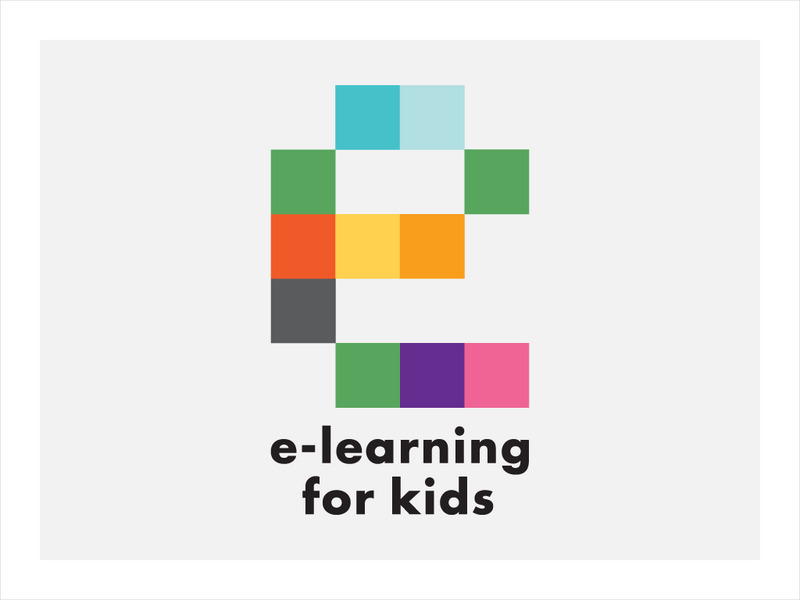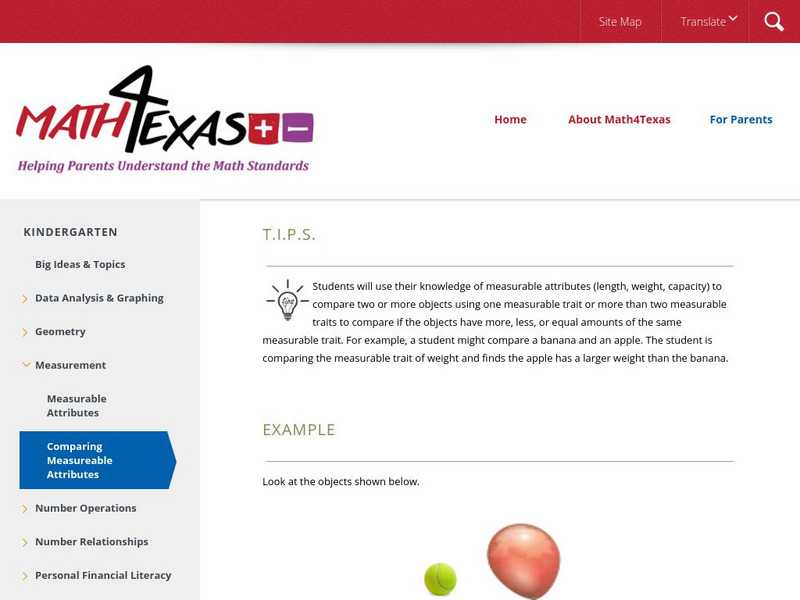Curated OER
Making It Balance
Students listen to story, "The 100-Pound Problem," compare their weight with character in story, and weigh different classroom items using nonstandard units and standard units. They experiment with different items that can make scale...
Curated OER
Density Challenge
Students calculate the densities of several liquids that appear similar. In this physical science lesson, students go beyond understanding the way liquids of different densities behave to researching how this knowledge applies in...
Curated OER
Shake It Up!
Young scholars shake a bottle of water to a CD of "Twist and Shout". They shake the bottle high, low, right, left, two hands, one hand, under the leg, etc.
Curated OER
Principles of Flight
Fourth graders study flight and compare various flights. In this measurement lesson students complete a lab activity and record measurements.
Alabama Learning Exchange
What do Plants Need?
Students plant seeds and watch them sprout. Once growing plants are placed in different conditions and students record data about their growth. They graph the data.
Curated OER
Volume
Third graders complete scientific investigation to determine what volume is and how it is determined by size not by mass. They discuss what they know about volume before proceeding with the demonstration and experimentation. After the...
Curated OER
Introducing Temperature Measurement
Students explore temperature and use Celcius thermometers to measure and graph the temperature in the classroom daily. They estimate what they think the temperature might be and then find the actual temperature in the room.
Curated OER
Volume
Students participate in a teacher demonstration of the water level in different beakers to investigate the measurement of volume. Next, working in small groups, they replicate the demonstration and determine how the measurements in the...
Curated OER
Weighing In
Third graders use a Slinky, rubber bands, paper, coins and cups to experiment with weight and its relationship to gravity. They discuss their results and develop a consensus on conclusion statements derived from their experiments.
Curated OER
Out Of Sight Air; Weather
Fourth graders conduct an experiment to get them thinking about the invisibility of air, and to prove that air has weight.
Concord Consortium
Concord Consortium: Stem Resources: Was Galileo Right?
Do heavier and lighter objects fall at the same rate? Galileo hypothesized that objects fall at the same rate regardless of their mass. Complete this module to find out if Galileo was right by comparing position-time and velocity-time...
E-learning for Kids
E Learning for Kids: Math: Amazon River Boat Trip: Mass
In this lesson, students will see which objects are heavier or lighter using the online arm balance.
TeachEngineering
Teach Engineering: How Do Things Fall?
Students learn that it is incorrect to believe that heavier objects fall faster than lighter objects. By close observation of falling objects, they see that it is the amount of air resistance, not the weight of an object, which...
Physics Classroom
The Physics Classroom: Elephant and Feather: Air Resistance
The concept of air resistance is discussed in terms of why a heavier object falls faster than a lighter object when both dropped from the same height. In this discussion and animation, an elephant and feather are used as examples.
Illustrative Mathematics
Illustrative Mathematics: Which Weighs More? Which Weighs Less?
Students will use a block to compare with other objects to decide which is heavier/lighter. They will fill in a chart by drawing a picture of it under "Heavier" or "Lighter" depending which applies.
Other
Math4 Texas: Comparing Measurable Attributes
Students will use their knowledge of measurable attributes (length, weight, capacity) to compare two or more objects using one measurable trait or more than two measurable traits to compare if the objects have more, less, or equal...





